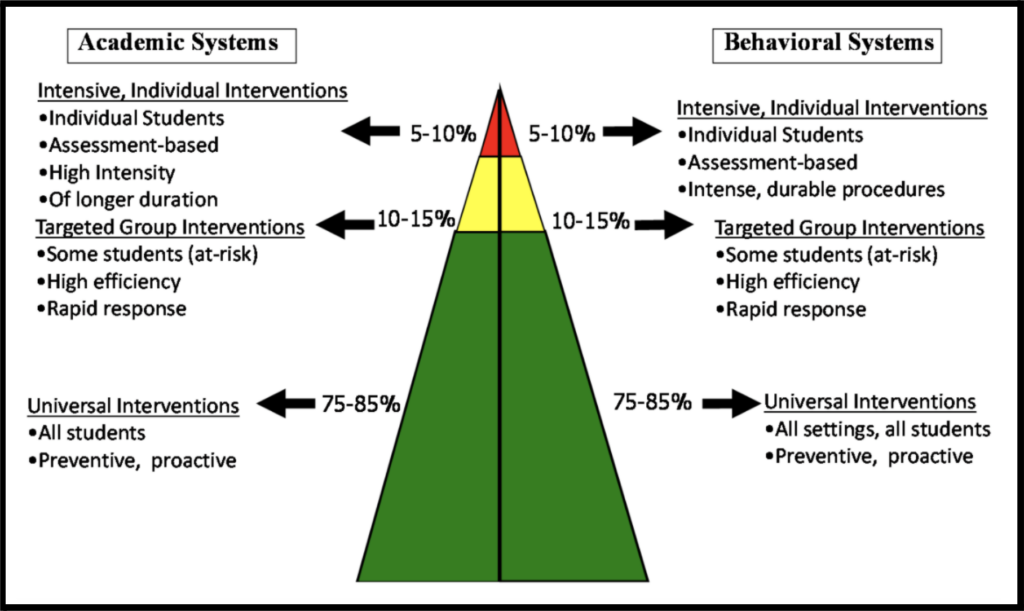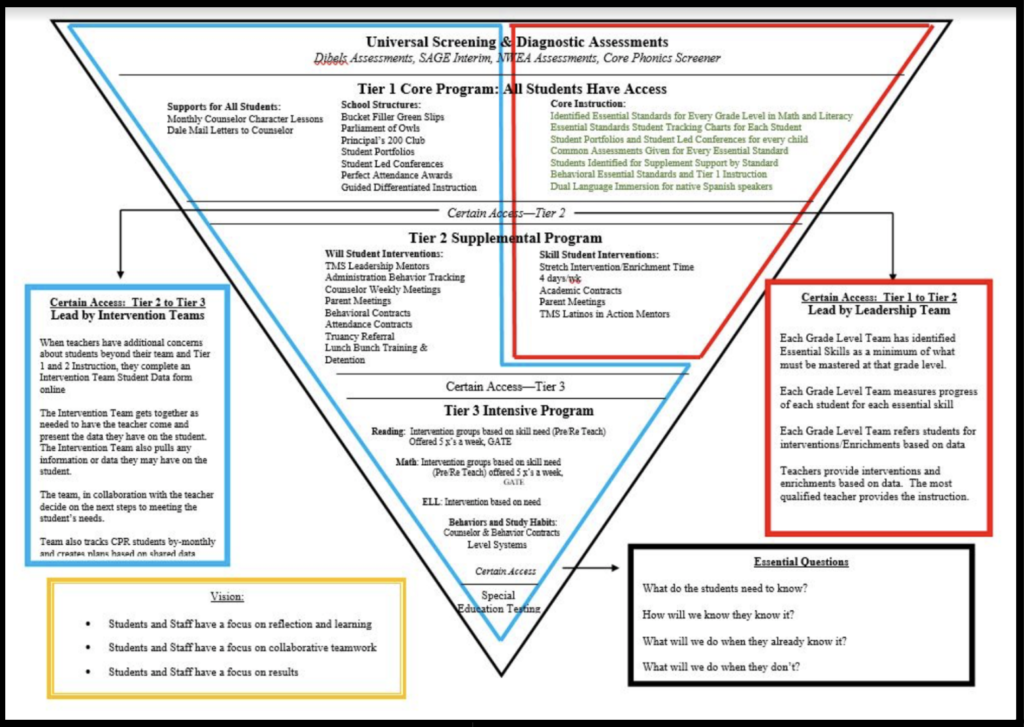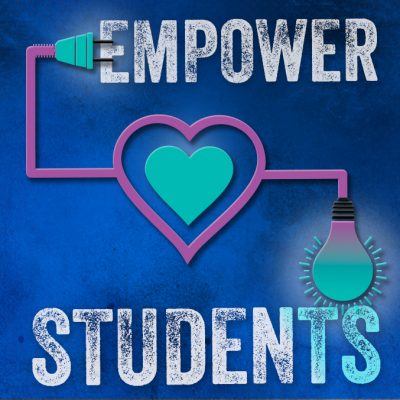Coherence and a Multi-Tiered System of Supports Activity: Evaluate & Visualize Your MTSS Framework

Good ideas come from everywhere. It is more important to recognize a good idea than to author it.
– Jeanne Gang

INTRO
Excerpted from “Coherence Making: How leaders cultivate the pathway for school and system change with a shared process“
Coherence is not simply the alignment of goals, resources, and structures, although that may help. Our definition of coherence is the shared depth of understanding about the nature of the work. In other words, it is fully and only subjective.
It does not serve much purpose for education leaders to “explain” coherence or rely on slick strategic plans. Because coherence exists in the minds of people, it must be developed across given groups.
So how do leaders achieve shared understanding about the work given the turmoil and the comings and goings of policies and people?
OBJECTIVES
- Understand how the presented meaning of coherence relates to your school’s MTSS framework
- Evaluate and visualize your school’s MTSS framework through a coherence lens
“There is only one way to do this — through purposeful interaction among members of the organization working on a common agenda, identifying and consolidating what works and making meaning over time.” – Michael Fullan & Joanne Quinn
Defining Features
Effective coherence makers know that coherence is cumulative and ongoing. Common sense and experience tells you that things change: Staff members leave and newcomers arrive, policies change, the environment shifts, new ideas are floated, and so on. Coherence makers work to reduce or eliminate unnecessary distractions and achieve about 80 percent coherence, defined as shared depth of understanding.
The work on coherence tends to have three features:
- It is about the whole system
- It zeroes in on pedagogy — what teaching and learning practices are specifically effective
- It always examines impact and the causal pathways that result in measurable progress for all students, especially the hard-to-measure outcomes
Coherence is the result of hands-on work.
ACTIVITY 1
- Use the provided System Coherence Activity Worksheet Doc to examine your school’s coherence
ACTIVITY 2
- Consider the below questions and images, then visualize and draw your own MTSS framework
In many of our current practices we are most familiar with this representation:

How effective/ineffective are those systems, models, etc.?
What do you notice about the examples below? What stands out for you?


Are any of your school’s systems, models, etc. depicted like the above examples? If so, which?
How effective/ineffective are those systems, models, etc.?
If you were to create a visual of your MTSS framework, what would it look like?
Grab a blank piece of paper, and actually sketch it out.
TIPS
- What similarities/differences to the above images does it share?
- What’s positive about it?
- What’s missing/lacking?
- Use a different color to make changes for improved coherence.
- Consider steps forward to implementing these changes.











Responses